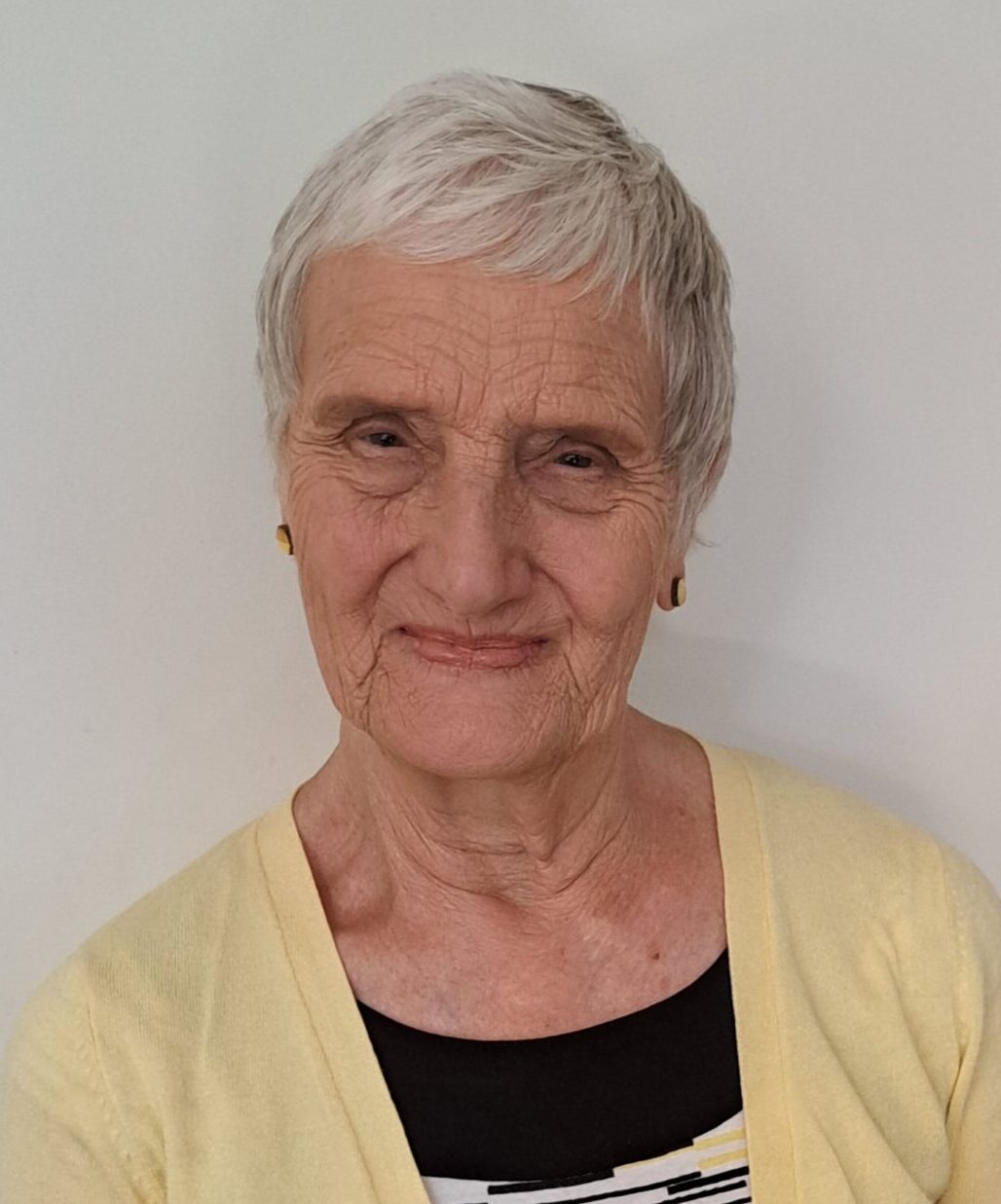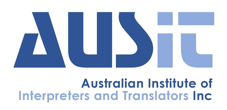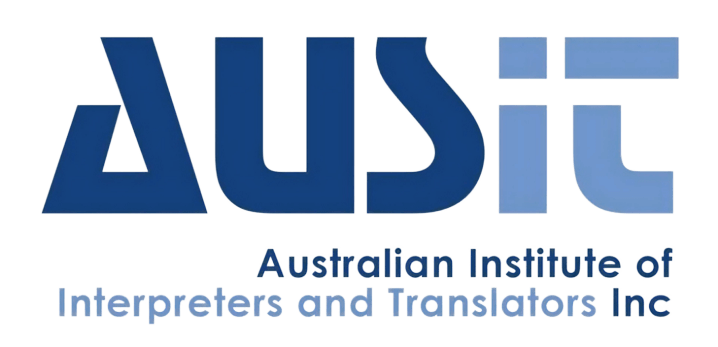PRACTITIONERS’ STORIES
Dorothy Prentice’s professional lanyards identify her as an interpreter, but some interpreting assignments go beyond interlingual transfer. Here she describes a pair of assignments which highlight this particularly well.

Thursday morning, 8 am: I set off on the hour’s journey (on public transport) from my home to the Royal Melbourne Hospital (RMH), to attend an assignment for a CALD client who is booked in to see a specialist.
9 am: I know this client, as I’ve interpreted for her several times, and I wait at a clinic on the first floor as arranged, but she doesn’t turn up. I report to the hospital’s language department, complete the slightly complicated sign-off procedure for the agency which booked me, and head for my next appointment, which is with a different agency.
9.45 am: I turn up at level 3 of the nearby Peter MacCallum Cancer Centre (the Peter Mac), where the same client has an appointment for chemotherapy. (For non-Melburnians: these two health facilities face each other across a busy road and are linked by two bridges – one at second floor level, and another higher up; and with the road below currently obstructed by major roadworks, crossing as a pedestrian at ground level is a bit messy and tortuous.) I again wait.
10 am: The client arrives, accompanied as always by her daughter. The client doesn’t speak my interpreting language but her daughter does (more or less), so at each appointment we have three-way conversations. I’ve made sure the daughter understands that it is important that all information to and from her mother is relayed fully and accurately, and I always explain to the health care professionals that, as an interpreter in the mother’s language is not available, their side of the conversation is being interpreted by me, then by the daughter, and vice versa.
The daughter explains that they missed the RMH appointment and are now late for the Peter Mac one due to transport difficulties. They are newly arrived humanitarian refugees from Africa with no English, and haven’t yet learned how to negotiate the rather complicated public transport system from their new home in Melbourne’s outer suburbs to the two hospital clinics in question, so they rely on patient transport, which doesn’t always run on time.

My client is told that she needs to attend the RMH appointment before she can have her chemotherapy, so I shepherd them down one floor in the Peter Mac, across the second floor bridge to the RMH, and down another floor to the clinic I first waited at. (The bridge is very quiet and I wonder if it’s OK for the public to use it, but no one questions us, and I attempt to look official as we traverse it, with my lanyard prominently displayed. Two lanyards from the two different agencies today would look even more impressive! I used to work in hospitals in the past in a medical capacity, so I remember how to look official.)
We wait for the specialist. Time elapses, as is usual in such places, and the end of my 90-minute assignment is drawing near. The clinic seems very busy.
10.25 am: I become proactive and approach the nurses’ station to politely explain that this particular patient needs an interpreter, my time is ticking over, and she has yet to attend the Peter Mac for chemotherapy. The rather harried nurse helps, and my client is ushered into the consulting room to see both the specialist and a support worker. In addition to the medical consultation there is a discussion about transport, then two further appointments – one of which must happen before the other – are arranged, all by three-way communication.
11.10 am: We return to the Peter Mac – up one floor, across the bridge (lanyard again flaunted) and up another floor – and wait for the client to be called in for her chemotherapy.
11.25 am: My Peter Mac booking ended 10 minutes ago, but I accompany the client to the treatment area in case there are further questions from the medical staff. The nurse asks ‘Won’t you be staying for the chemo period?’ and ‘What if she has a reaction?’ I explain that my time is up (to tell the truth I’m also quite exhausted), and that a phone interpreter can be called if needed.
11.35 am: I farewell my CALD clients and the nurse and hurry off to the interpreters’ office, where this agency’s more simple sign-off procedure is completed, and I’m assured I’ll be paid for the overtime (this isn’t always the case).
11.45 am: I limp exhaustedly to the tram stop and head for home.
So, I functioned as an interpreter (albeit through an intermediary), but also acted as a guide so that the client could make it to both of her appointments, and as an advocate so that matters could be expedited within the time allotted for my assignment (or as near to it as possible).
I’d like to teach this vulnerable mother and daughter how to negotiate the public transport from their home to the hospitals, but it’s not within the remit of my role, so I can only hope that their refugee caseworker will be able to help with this, as this lady has many more appointments ahead of her.
My story perhaps highlights some of the situations that we community interpreters can face when clients have pressing needs in addition to there being a language barrier, particularly when they are very new to Australia.
Dorothy Prentice grew up in Melbourne. She studied medicine, and after marrying and having children, went to Tanzania as a missionary. Dorothy learned and used Swahili there over a period of 20 years. On returning to Melbourne she embarked on a new career, and has worked as a Swahili–English interpreter since 2009.



